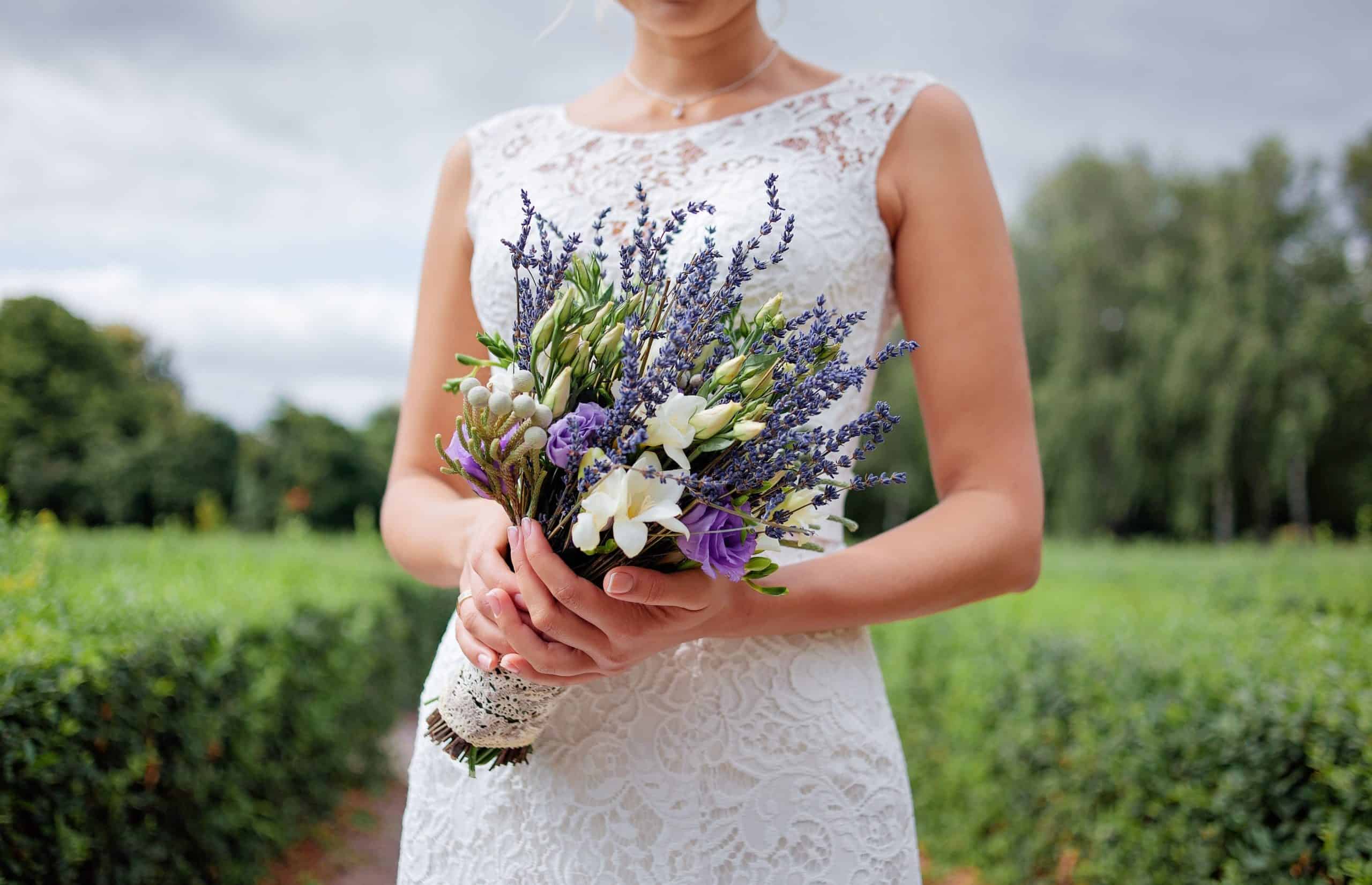
No matter how wacky wedding themes get, most ceremonies and receptions contain a handful of traditions.
In the UK, we’re suckers for the traditional wedding, with the white dress, the famous something borrowed, something blue…rhyme, and the giving away of the bride just some of the traditions that feature in big days across the country. But what about the wedding traditions that didn’t stand the test of time?
We revisit the UK wedding traditions that time forgot, maybe you’ll even be brave enough to incorporate them into your wedding.
The bouquet doubled as deodorant
Our wedding days are milestones, which means brides, grooms, and even the wedding party and guests want to look and feel their best.
With this in mind, likely, you’ve already carefully planned the beauty regime that you’ll stick to in the run-up to your wedding.
But considering that antiperspirant wasn’t patented until 1941, brides didn’t always have the products they needed to look, feel, and smell great.
Bridal beauty secrets have changed dramatically over the years. Traditionally the bride’s bouquet wouldn’t just be a stylish, colour scheme complementing accessory, it would also double as deodorant.
The bouquets of yesteryear would be made from strong-smelling herbs, with even kitchen favourites dill and garlic featuring heavily in the bridal arrangement.
In the Middle Ages, these pungent bouquets wouldn’t just mask body odour, they’d ward off evil spirits too.
Only brides that weren’t ‘too old’ wore veils
Whilst the white dress is one wedding tradition that’s endured, the wedding veil is seen as an optional accessory.
Whether to go for a veiled or no-veil look however wasn’t dictated by the bride’s fashion preference in past years.
In the Middle Ages, a bride’s age dictated how appropriate a veil was. Middle-aged brides and widows could not wear veils and instead had to opt for a bonnet.
The bride’s parents come first
Historically there was a strict hierarchy at weddings, with the bride and groom needing to visit guests in a specific order to stick with tradition.
The bride’s parents would be the first in line, with tradition dictating that the bride speak to her parents first and then her close relatives before doing the rounds to their wider guest list with her new husband.
The bride visiting her parents and close relatives first may point to the fact that traditionally a bride’s family would pay for the wedding as Brides explains:
“Even though this rarely applies these days, it’s interesting to note all the costs expected of the bride’s family, once upon a time.
Think everything from invitations and stationery (except for rehearsal dinner invites) to accommodations for bridesmaids. Also included are obvious things like the wedding dress, accessories, and hair and makeup.
Nowadays, perhaps a sweet grandmother offers to purchase your gown, or perhaps you’re paying for it on your own.”
The men would do all the talking
Thankfully times have changed when it comes to the male-dominated reception toasts. Whilst the groom, best man and bride’s father still take centre stage traditionally, it was a wider assortment of male family members and friends that had a part to play at weddings throughout history.
Traditionally, family friends would be expected to speak, despite the bride not being able to toast at her own wedding reception.
Saturday weddings weren’t so popular
It’s not just the toasts, attire and order of the day that would differ historically. Back in the day, you’d never be invited to a weekend wedding as is the custom today.
In fact, it would be bad luck to tie the knot on a Saturday according to this old folk rhyme. The rhyme recommends that Wednesday is the best day to get wed.
The time that the ceremony took place also differed. The preferred time was at noon, and brides would make every effort to arrive on the dot.
Your ‘something borrowed’ would be very different
Even today many brides use the ‘something borrowed, something blue’ rhyme to ensure they have a collection of items that bring them good luck on their wedding day. But in English folklore, the something borrowed of yesteryear was a little different.
Brides would borrow and wear undergarments that belonged to a woman who was already pregnant or had children to enhance fertility.
